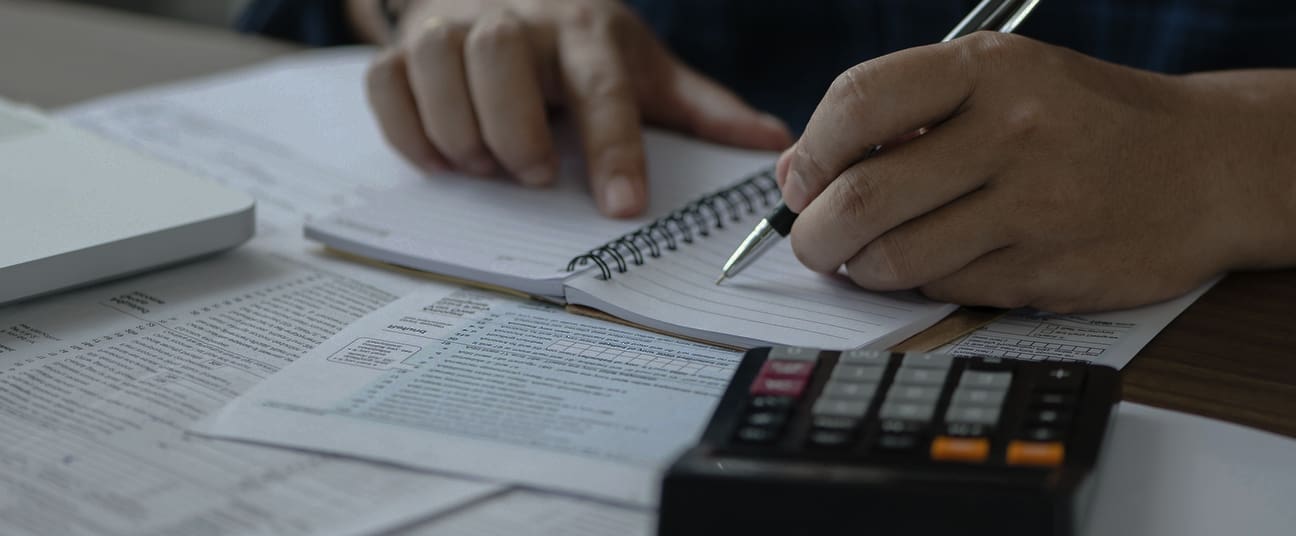In 1892, Fredrick William Bremer built the very first British four-wheeled petrol-engine motor car. At only 20-years-old, Fredrick’s incomplete car made its first run on a public highway in December 1894. For as old and instrumental as cars are today, you wouldn’t be wrong to assume that the tax legislation on cars is as tried and tested as the very first modern-day petrol car on our roads. However, this assumption, like most assumptions in tax, is proving to not be the case.
Most business owners and employees know that for business-related milage a straightforward deduction is allowable when calculating someone’s taxable income for income tax purposes. For the first 10,000 miles, as most know, individuals can claim a 45p deduction for every business mile travelled by a personally owned car – which is later reduced to 25p per mile where the business milage exceeds 10,000 miles per tax year.
If the employer/business reimburses an employee for the exact amount of business milage allowed under these rules, then no further taxable income is recognised by the employee. However, if any excess reimbursement above the 45p/25p limits set-out, then the employee will recognise taxable income and pay tax on the amount of additional income above and beyond the qualifying business milage. Of course, if your employer is particularly stingy, and does not reimburse any or an amount lower than the qualifying reimbursement rate, in which case the employee can take a deduction from their employment income for the amount of the qualifying business travel made in a given tax year.
That is how business milage works for income tax purposes. The key issue which is currently being argued in court relates to how the business milage deduction applies when calculating National Insurance Contributions and if a similar deduction should apply.
Logically, if you are an employee of your own Limited company and you travel 1,000 qualifying business miles per tax year in your personal car, you will be given a £450 (£0.45 * 1,000) deduction towards your employment income for the year, which translates to an income tax savings at the individual’s marginal tax rate. On the other hand, when the individual’s employee and employer National Insurance liability is calculated on the individual’s employment income, there is no regard made towards any of the qualifying business miles travelled in the tax year. Therefore, you have an obvious discrepancy in how the income tax and National Insurance rules works – which leads to a contradictory outcome of the legislation when it comes to recognising business milage as a ‘true’ allowable expense for income tax and National Insurance purposes.
This contradiction is currently being deliberated in courts and is to set the precedence for how businesses treat qualifying motoring expenses for income tax and National Insurance purposes going forward. If the case is successful in court, then every single business that has staff and relevant motoring expenditure will be due a refund on overpaid National Insurance Contributions paid on the qualifying business expenditure. Therefore, it is of the upmost importance that employers and businesses of all sizes consider making a protective claims for overpaid National Insurance Contributions paid in error with respect to qualifying business milage where car allowances have been paid. These protective overpayment claims can go back up to 6 full years under the error and mistake provisions provided in the legislation.
They say that there are two certainties in life: death and taxes. But I think there is a third, less popular, certainty in life and that is: things never stay the same. That is especially true when you are talking about tax and rules that you thought were the case, that later turned out to be ruled as untrue.








